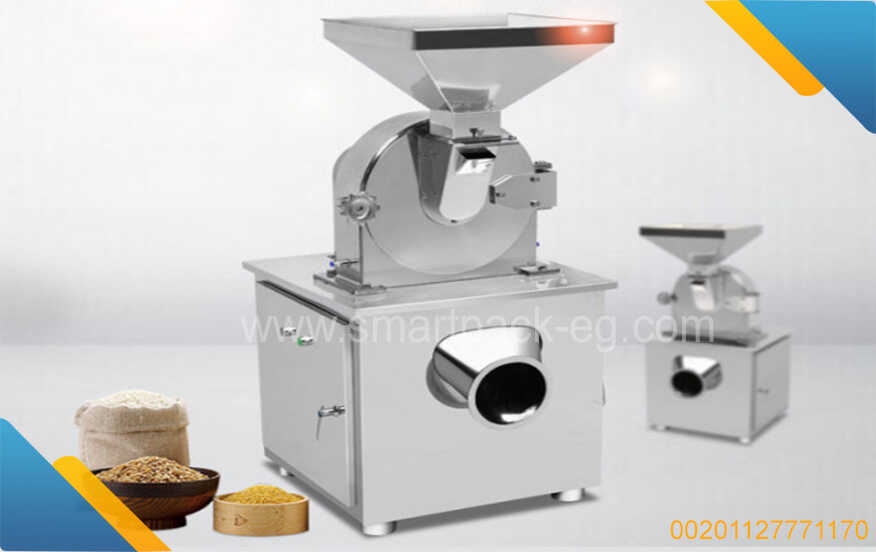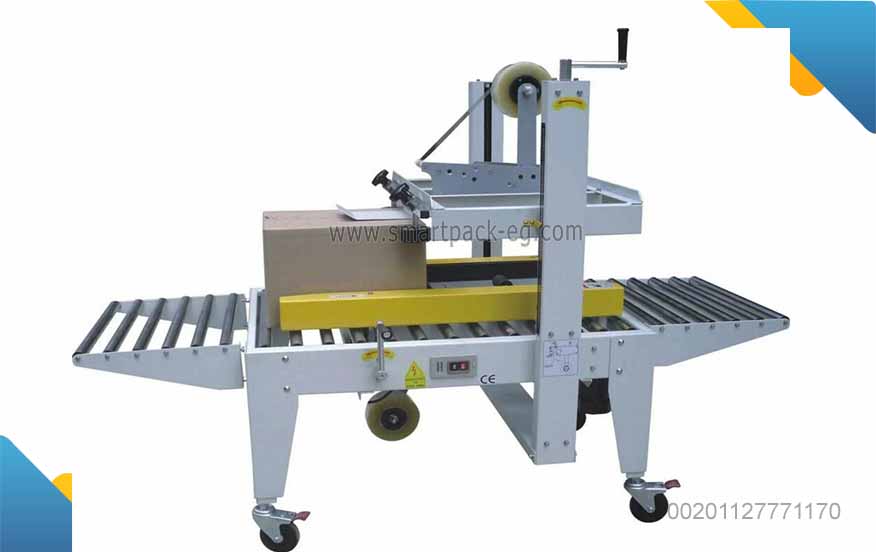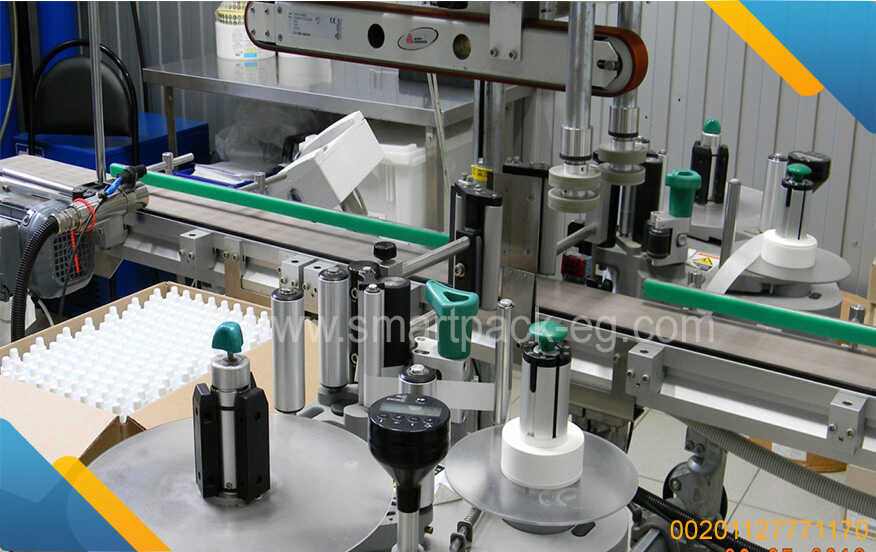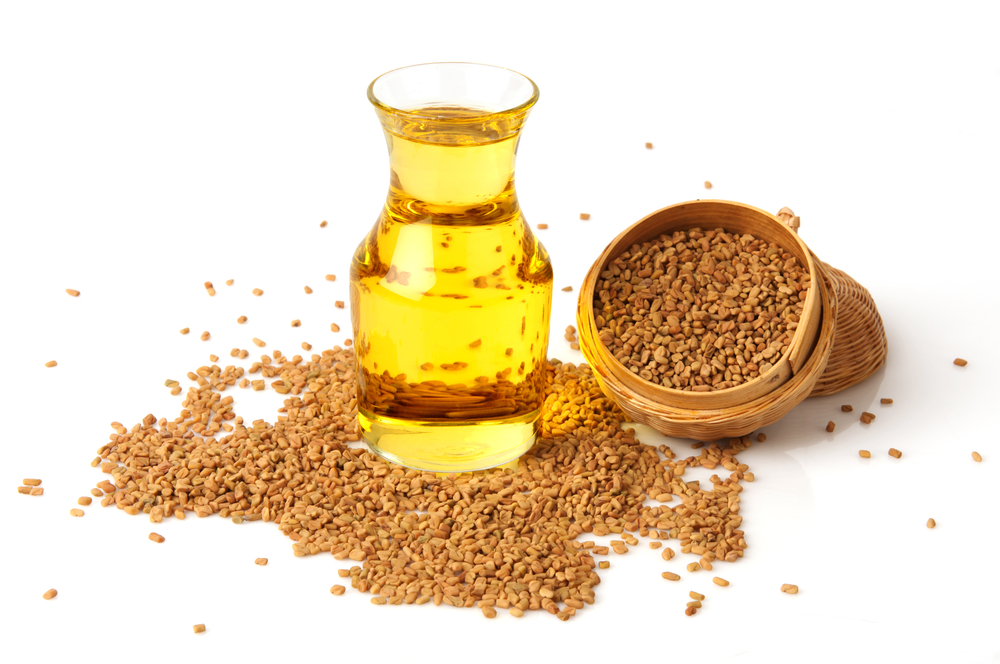How to Set Up an Automotive Oil Production and Filling Plant: A Comprehensive Guide
Introduction:
Setting up an automotive oil production and filling plant requires careful planning, implementation, and knowledge of the machinery, components, and processing methods involved. This guide aims to provide you with a step-by-step process to help you establish a successful oil production and filling plant.
Step 1: Conduct Market Research
Before diving into the setup process, it is crucial to conduct thorough market research. Identify the demand for automotive oil in your target market to determine the scale of your production and filling plant. Analyze competitor strategies, consumer preferences, and market trends, as this information will guide your decisions throughout the setup process.
Step 2: Determine the Machinery and Components Needed
To produce and fill automotive oil, you will need a range of machinery and components. Here are some essential ones to consider:
-
Reactors: These vessels are used for blending and processing the raw materials to produce the base oil.
-
Distillation Units: These units help refine the base oil by removing impurities, such as sulfur, carbon, and other contaminants.
-
Filtration Systems: Efficient filtration systems are necessary to remove any remaining impurities from the oil before filling.
-
Filling Machines: Depending on your production capacity, choose suitable filling machines to automate the packaging process. These machines can be piston fillers, gravity fillers, or rotary fillers.
-
Storage Tanks: Proper storage tanks are crucial for storing different types of oils safely. Consider tanks with appropriate capacities and materials suitable for oil storage.
-
Packaging Equipment: Packaging equipment, such as labeling machines, capping machines, and sealing machines, ensures efficient and hygienic packaging of the oil.
-
Quality Control Equipment: Install laboratory equipment to perform quality checks on the oil, including viscosity testing, flash point analysis, and density measurement.
Step 3: Processing Methods
Understanding the processing methods is vital for producing high-quality automotive oil. Here's an overview of the key steps involved:
-
Raw Material Selection: Choose high-quality base oils and additives. Ensure they meet or exceed industry standards.
-
Blending: Mix the base oils and additives in the reactors according to the desired formulation. Maintain precise temperature and agitation levels during blending.
-
Refining: Pass the blended oil through distillation units to remove impurities. This refining process improves the quality, stability, and viscosity of the oil.
-
Filtration: Use effective filtration systems to eliminate any remaining contaminants or particles from the oil.
-
Filling and Packaging: After filtration, transfer the oil to the filling machines. These machines will automatically fill containers with the desired quantity of oil. Finally, package the filled containers with appropriate labeling.
Step 4: Ensure Compliance and Safety
To operate an automotive oil production and filling plant successfully, you must comply with local regulations and safety standards. Obtain necessary permits and licenses, design the facility with safety in mind, and establish proper protocols for waste disposal and handling hazardous materials. Regularly train and educate your staff to ensure compliance and maintain a safe working environment.
Conclusion:
Starting an automotive oil production and filling plant requires meticulous planning, careful selection of machinery and components, and adherence to processing methods. By conducting market research, understanding the machinery and components needed, following proper processing methods, and maintaining compliance with regulations, you can establish a successful automotive oil production and filling plant. Remember, continuous improvement, quality control, and customer satisfaction are key to thrive in this competitive industry.

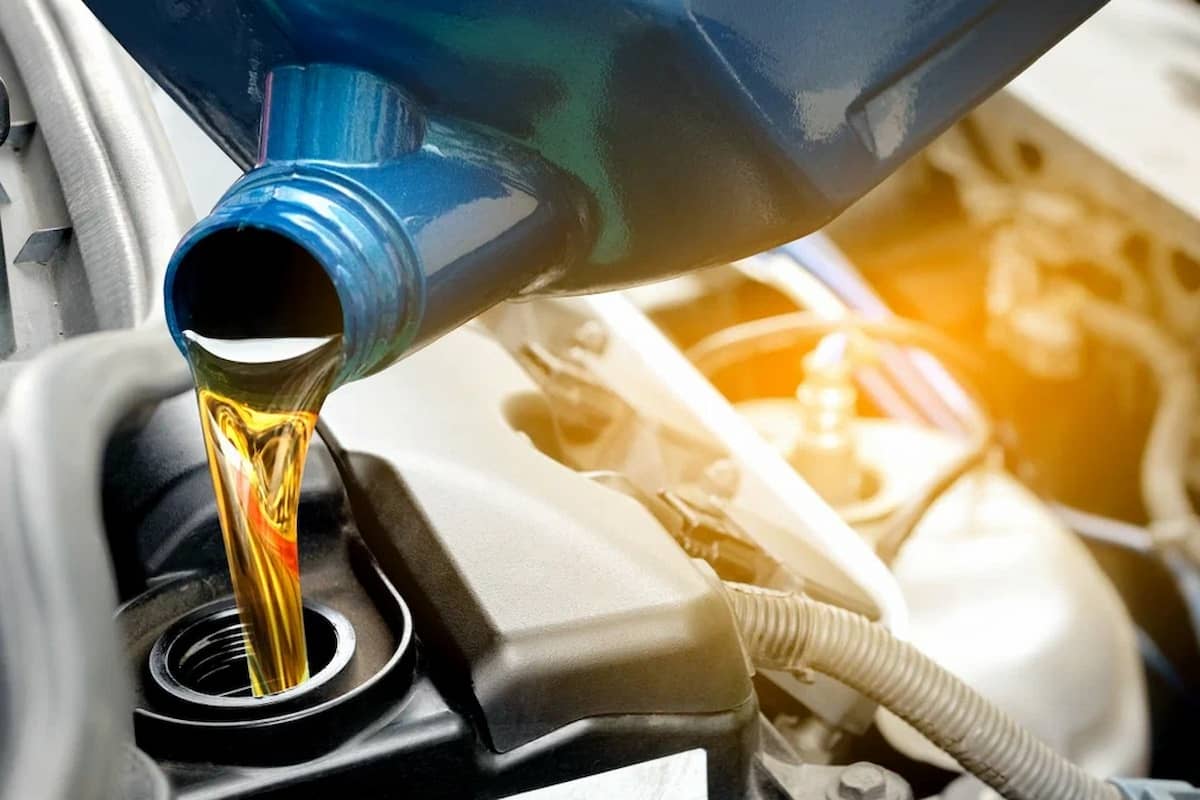
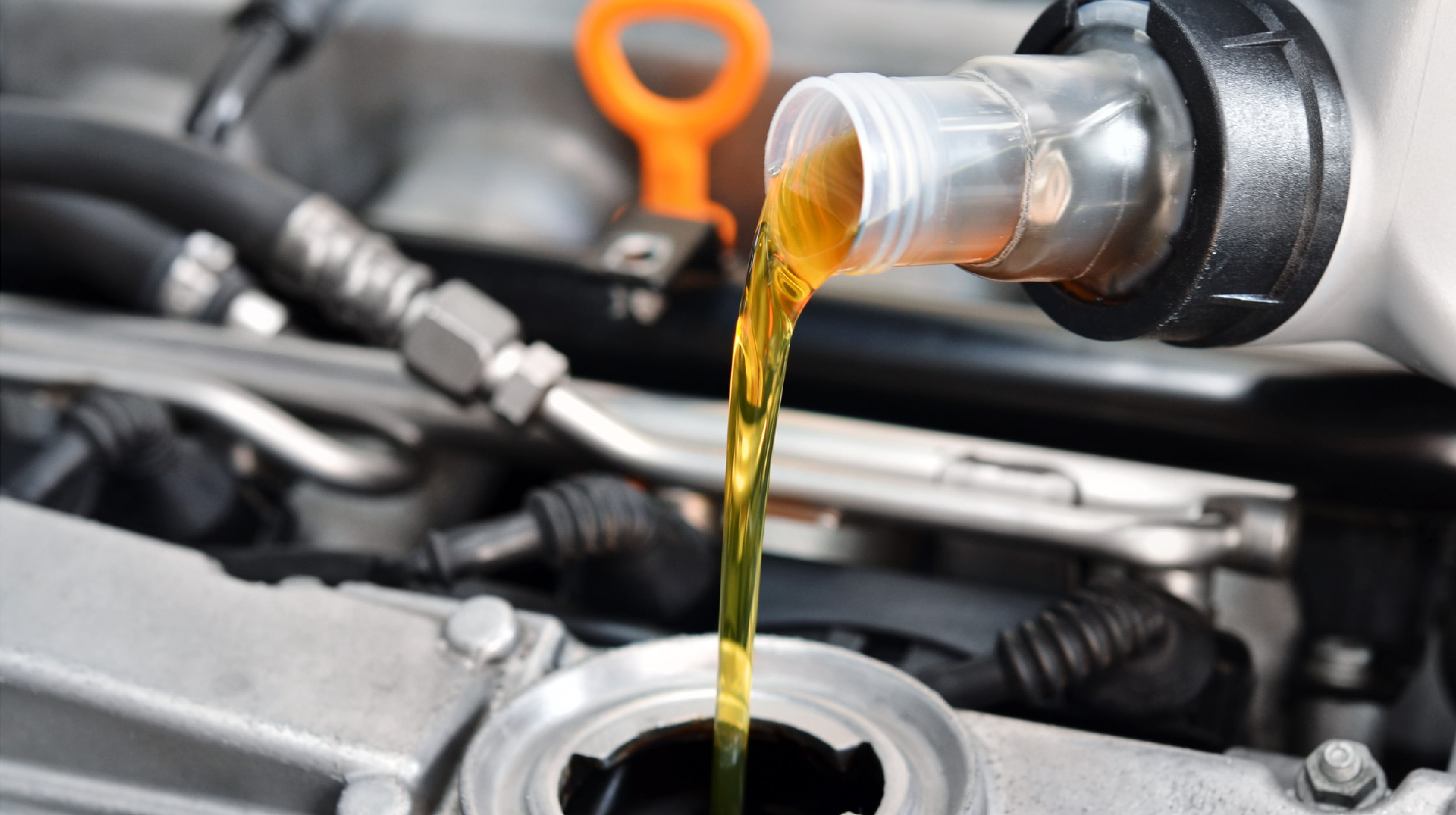
 Admin
Admin 